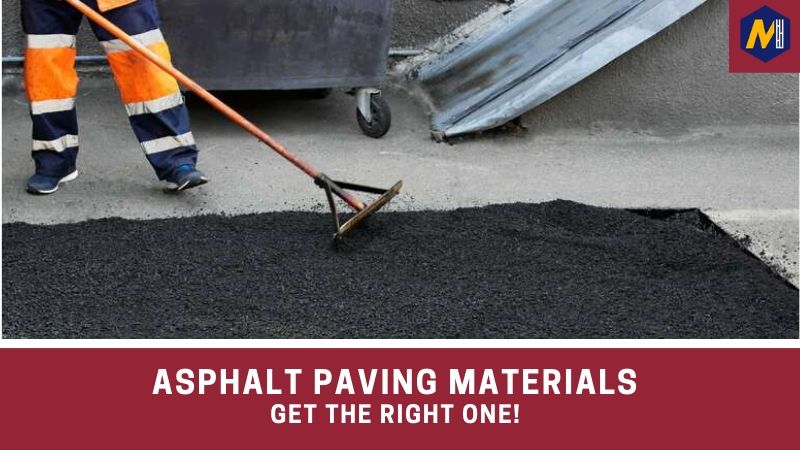The Single Strategy To Use For A1 Professional Asphalt & Sealing Llc
The Single Strategy To Use For A1 Professional Asphalt & Sealing Llc
Blog Article
Top Guidelines Of A1 Professional Asphalt & Sealing Llc
Table of ContentsThe Single Strategy To Use For A1 Professional Asphalt & Sealing LlcSome Known Questions About A1 Professional Asphalt & Sealing Llc.A1 Professional Asphalt & Sealing Llc Fundamentals ExplainedHow A1 Professional Asphalt & Sealing Llc can Save You Time, Stress, and Money.The A1 Professional Asphalt & Sealing Llc Diaries

The oil in a car engine is not simply oil. It includes a selection of ingredients to enhance the vehicle's performance. These include polymers, thickness modifiers, warm stabilizers, extra lubes, and wear ingredients. The REOB includes all the additives that were in the waste oil in addition to the wear steels from the engine (mostly iron and copper).
By making many blends utilizing different REOB samples and different asphalt binders, the variants largely can be balanced out. Numerous States provided examples of recognized REOB make-up to TFHRC researchers, that assessed the examples to contrast the portion of added (recognized) REOB to the located (tested) amount. The analyses showed an equivalent percentage of added and discovered REOB.
The Definitive Guide to A1 Professional Asphalt & Sealing Llc
None of those States recognized that the asphalt they were acquiring contained REOB. One State insisted its examples had no REOB - https://www.webtoolhub.com/profile.aspx?user=42388970.
Of the 1,532 examples evaluated, 12 percent consisted of REOB, and some consisted of appreciably high levels of it at 1020 percent. The highest possible level was 34 percent in a sample from Texas, which TxDOT had actually made use of in a patching substance. This screening likewise revealed the existence of phosphoric acid in 11 percent of the examples, and 2 percent included ground tire rubber.
2 years ago at TRB's annual meeting, the Federal researchers held an REOB workshop and presented the findings of their research laboratory evaluations to a standing room-only crowd. Although some companies do not particularly ban REOB, they do enforce physical tests that preclude its useeffectively a restriction. a-1 asphalt. Others do not ban it by specification, yet have agreements with asphalt distributors to stay clear of using REOB
Unknown Facts About A1 Professional Asphalt & Sealing Llc
Ohio and Texas limit levels to much less than 5 percent of the asphalt. To establish a reputable test approach that all States can use, the TFHRC researchers set up a round-robin examination strategy.
The individuals are checking the samples separately utilizing the standards provided by the TFHRC researchers. The result will be a proposed AASHTO examination method that any type of State can embrace and make use of.
The pavement with REOB, which is situated 0.6 mile (1 kilometer) from the sidewalk without REOB, has identical subgrade, web traffic thickness, and environment. Nevertheless, the sector of Highway655 with 5 to 10 percent REOB showed significant fracturing. In this instance, the existence of REOB was the identified reason for cracking at a low temperature levels.
"In our experience in copyright, also tiny quantities of 23 percent can be a trouble." Likewise, a section of examination pavement in Minnesota (MN1-4) found to include REOB also broke prematurely. The sidewalk carried out well for the first 3 to 4 years, however after that started to crack. This sidewalk is also subject to reduced temperature levels.
Not known Incorrect Statements About A1 Professional Asphalt & Sealing Llc
The examinations were not comprehensive, yet they showed click for info that at levels of 6 percent or even more, the tensile toughness of the asphalt dropped substantially. At a degree of 3.5 percent REOB, the variation in the physical test methods was higher than the result of REOB. As a matter of fact, it was difficult for researchers to evaluate whether REOB was present.

One binder specification thought about is the distinction in between the low temperature level critical requirements temperature level for tightness (S) in the flexing light beam rheometer and the flexing beam rheometer creep incline (m-value) noted as Tcritical. Two independent research study teams, one from AASHTO and the other from the Asphalt Institute, concluded that even more research is required on the use of REOB in asphalt.
Previously, all asphalt screening determined design buildings such as rigidity. These tests do disappoint what materials had been contributed to the asphalt. One example gotten throughout the TFHRC research had an extremely odd analysis. The sample had the complying with test outcomes: Superpave PG 64-28 with a high temperature grade of 67.3 Tcritical on the bending beam rheometer was 6.7 degrees Celsius.

A1 Professional Asphalt & Sealing Llc - Questions
These results demonstrate there are weaknesses in the standardized engineering screening methods that may be exploited. The producer might have a financial benefit and the product passes all the standardized examinations, yet the item may not be helpful to making certain lasting efficiency. To resolve this issue and the development of brand-new asphalt additives and extenders, TFHRC is beginning a research study program to use handheld spectroscopic tools, x-ray fluorescence spectroscopy, and Fourier transform infrared spectroscopy to enable evaluations to be done in the area instead than having to take samples back to the laboratory.
Report this page